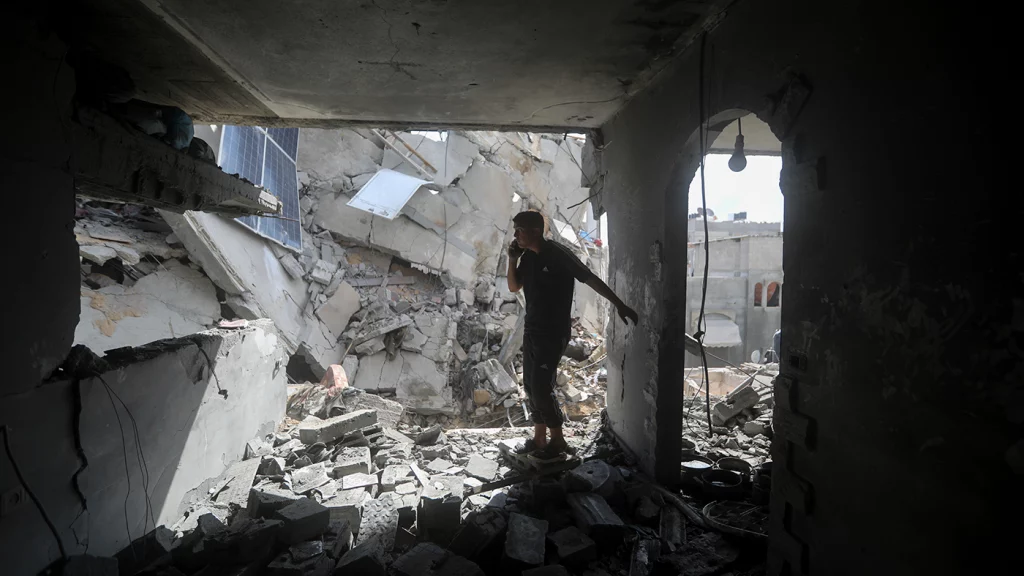
A spokesperson for the UN’s World Food Progamme (WFP) announced that food aid would halt in Rafah because of a lack of supplies and insecurity, according to The Associated Press.
Writing on X, the WFP wrote that the rest of Gaza was also at risk. “Our stocks are fast running out without continued access.”
Palestinians are struggling to access basic necessities in Gaza as Israel carries out its war against Hamas.
Israeli troops seized a border crossing that had facilitated supply deliveries in Rafah earlier this month, and Israel now controls every aid checkpoint. Humanitarian aid groups have accused Israel of impeding aid efforts.
Israeli Prime Minister Benjamin Netanyahu told CNN on Tuesday that Israel has been trying to get aid into Gaza but Hamas has been “looting” it.
“They were taking it for themselves or extorting the population. We were letting the aid in from the start,” Netanyahu said. “We’re getting hundreds of trucks every day in.”
A State Department review earlier this month said the U.S. has “deep concerns” about Israel potentially impeding aid into Gaza, though it did not reach a conclusion on the matter. It also found the country is taking steps to improve the situation, even if still inadequate.
To address the crisis, the U.S. military constructed a pier that connects to a beach in Gaza. It allows aid coming from the island nation of Cyprus to reach Gaza through a maritime corridor.
But for the past two days, no aid has gotten into Gaza from the pier area, U.N. officials told Reuters.
Pentagon Press Secretary Maj. Gen. Pat Ryder said more than 569 metric tons of humanitarian assistance has been delivered through the pier, though that means it has arrived for distribution and not all of it has been delivered yet.
Noting the difficulties, Ryder said there are discussions to find alternative routes for the safe movement of staff and cargo from the pier distribution area but said Gaza was a combat zone, complicating distribution.
“We’ve been very clear from the beginning that we are going to take a crawl-walk approach to make sure that we are implementing this system in a way where we’re working out the processes, the procedures,” he said. “You’re going to see as we work together the amount of aid increase and the ability to get it distributed increase.”